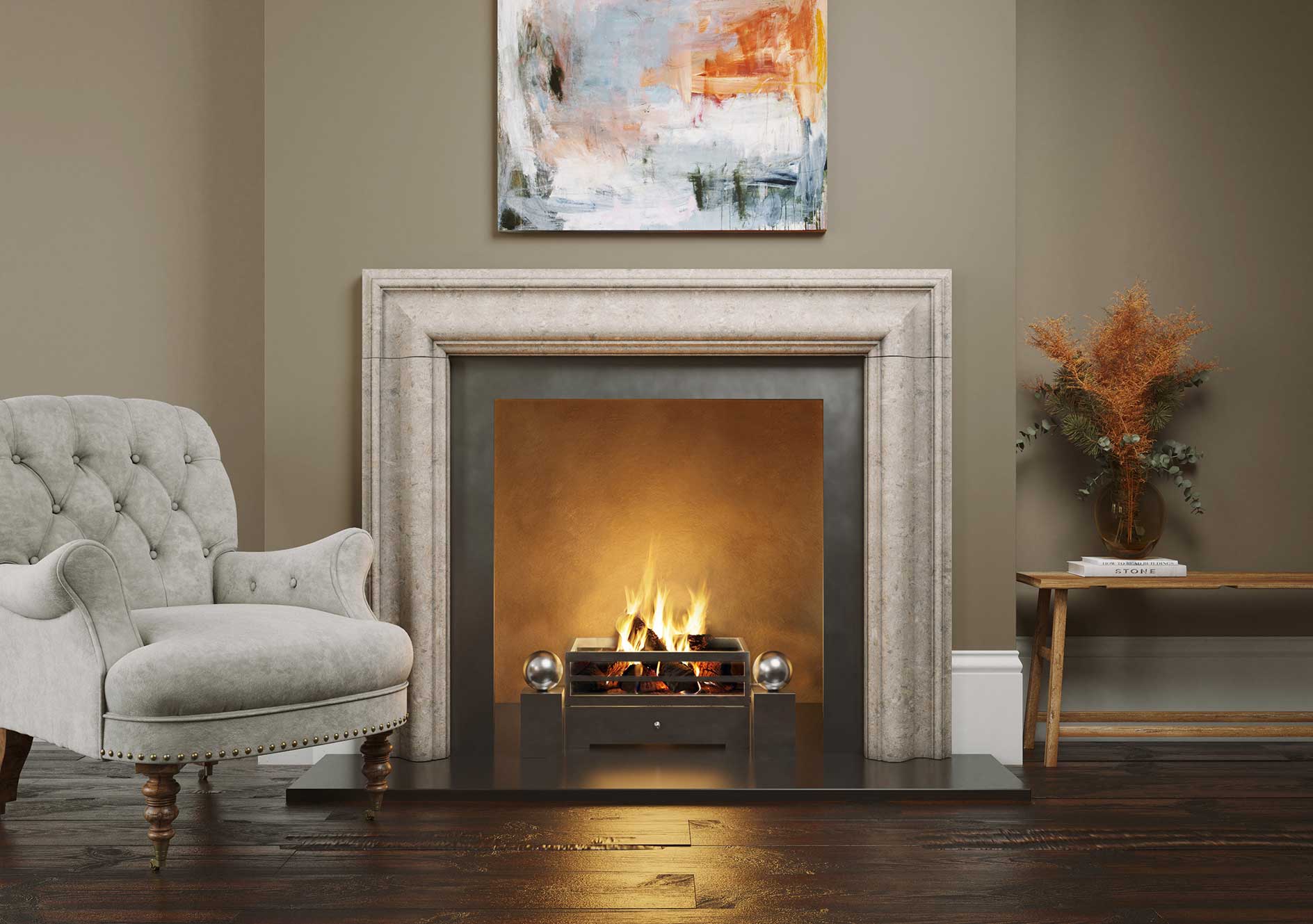

Articles
How To Maintain A Gas Fireplace
Modified: February 29, 2024
Discover helpful articles on how to effectively maintain your gas fireplace, ensuring it remains in top condition for cozy warmth and uninterrupted enjoyment.
(Many of the links in this article redirect to a specific reviewed product. Your purchase of these products through affiliate links helps to generate commission for Storables.com, at no extra cost. Learn more)
Introduction
A gas fireplace is a popular choice for many homeowners due to its convenience, efficiency, and aesthetics. Not only does it provide a cozy ambiance, but it also serves as a reliable source of heat during the colder months. To ensure that your gas fireplace continues to operate smoothly and safely, regular maintenance is necessary.
In this article, we will guide you through the steps to properly maintain your gas fireplace. From cleaning the exterior to inspecting and cleaning the burner, we will cover all the essential tasks to keep your fireplace in top condition. By following these maintenance guidelines, you can extend the lifespan of your gas fireplace and enjoy its benefits for years to come.
Key Takeaways:
- Regular maintenance of a gas fireplace, including cleaning the exterior, glass doors, and burner, is essential for safety and efficiency. Professional inspections and carbon monoxide detector testing are crucial for peace of mind.
- Keeping the area around the gas fireplace clear, monitoring the flames, and addressing any unusual odors or sounds are important safety measures. Regular maintenance ensures a cozy and safe ambiance for years to come.
Read more: What Is A Gas Fireplace
Benefits of a Gas Fireplace
A gas fireplace offers numerous advantages that make it a popular choice among homeowners. Here are some of the key benefits:
- Convenience: One of the biggest advantages of a gas fireplace is its convenience. Unlike a traditional wood-burning fireplace, a gas fireplace can be easily turned on and off with the flip of a switch or the push of a button. There’s no need to gather and chop firewood or deal with the hassle of lighting and maintaining a fire.
- Efficiency: Gas fireplaces are highly efficient in terms of heat output. They provide a consistent and controllable source of heat, allowing you to easily adjust the temperature to your desired level. Additionally, gas fireplaces generate minimal waste and produce no ash or soot, resulting in less cleaning and maintenance.
- Aesthetics: Gas fireplaces are available in a wide range of designs and styles, from traditional to contemporary. They offer the beauty and ambiance of a real fire, with realistic-looking flames that can be customized to suit your preference. Gas fireplaces also come with various options for decorative elements such as logs, stones, or glass crystals, allowing you to personalize the look of your fireplace.
- Safety: Gas fireplaces are considered safer than wood-burning fireplaces. They eliminate the risk of sparks, flying embers, and creosote buildup, which can cause chimney fires. Gas fireplaces also have built-in safety features such as oxygen depletion sensors and automatic shut-off valves, providing peace of mind for homeowners.
- Energy Efficiency: Compared to traditional wood-burning fireplaces, gas fireplaces are more energy-efficient. They consume less fuel and produce more heat, resulting in lower energy costs. Some gas fireplaces also come with energy-saving features, such as programmable thermostats and zone heating capabilities, allowing you to heat specific areas of your home as needed.
With these benefits in mind, it’s easy to see why a gas fireplace is a popular choice for homeowners. Not only does it provide convenience and efficiency, but it also gives you the opportunity to enhance the beauty and comfort of your living space. Now that you understand the advantages, let’s dive into the maintenance steps required to keep your gas fireplace operating at its best.
Preparing the Gas Fireplace for Maintenance
Before you begin the maintenance process, it is important to properly prepare your gas fireplace. Follow these steps to ensure a safe and efficient maintenance routine:
- Turn off the gas supply: Locate the gas shut-off valve near your fireplace and turn it off. This step is crucial to prevent any gas leaks or potential safety hazards during maintenance.
- Allow the fireplace to cool down: Give your gas fireplace enough time to cool down completely before starting the maintenance process. This will help avoid any accidental burns or injuries.
- Clean the surrounding area: Clear away any debris, furniture, or flammable objects near your gas fireplace. This will create a safe working environment and prevent any accidents or obstructions during maintenance.
- Gather necessary tools and materials: Before you begin, collect all the tools and materials you will need for the maintenance tasks. This may include a vacuum cleaner, soft cloth, mild detergent, cleaning brush, and any replacement parts or accessories.
By following these preparation steps, you are setting the stage for a smooth and successful maintenance routine. Now that everything is in order, you can move on to cleaning the exterior of your gas fireplace.
Cleaning the Exterior of the Gas Fireplace
The exterior of your gas fireplace can accumulate dust, dirt, and debris over time. Regular cleaning helps maintain its appearance and prevents the buildup of grime. Follow these steps to clean the exterior of your gas fireplace:
- Start by dusting: Use a soft cloth or duster to gently remove any dust from the exterior surfaces of the fireplace. Pay attention to areas prone to collect dust, such as the mantel, trim, and decorative elements.
- Mix a mild detergent solution: In a bucket, mix a small amount of mild detergent with warm water. Be sure to follow the manufacturer’s instructions for the appropriate dilution ratio.
- Clean with a soft cloth: Dip a soft cloth into the detergent solution and wring out any excess water. Gently wipe down the exterior surfaces of the fireplace, including the mantel, trim, and any other areas that need cleaning. Be cautious around any decorative elements or delicate finishes to avoid causing damage.
- Rinse and dry: After cleaning, dampen another cloth with fresh water and use it to rinse off any soap residue. Then, dry the surfaces thoroughly with a clean, dry cloth. This helps prevent streaking or water spots.
- Polish (if applicable): If your gas fireplace has metal or glass surfaces that require polishing, use a suitable non-abrasive cleaner. Apply the cleaner according to the product instructions and buff the surfaces with a soft cloth until they are clean and shiny.
Regularly cleaning the exterior of your gas fireplace not only improves its appearance but also helps maintain its longevity. With the exterior cleaned, it’s now time to move on to cleaning the glass doors or panels of your gas fireplace.
Cleaning the Glass Doors or Panels
The glass doors or panels of your gas fireplace can become dirty and obstruct the view of the flames. Cleaning them regularly not only enhances the visual appeal of your fireplace but also ensures the efficiency of the flames. Follow these steps to clean the glass doors or panels of your gas fireplace:
- Allow the glass to cool: Ensure that the gas fireplace has been turned off for a sufficient amount of time to allow the glass to cool down completely. Cleaning hot glass can lead to injuries or damage.
- Prepare a cleaning solution: Mix a solution of equal parts white vinegar and water in a spray bottle. Alternatively, you can use a glass cleaner specifically formulated for fireplace glass. Avoid using ammonia-based cleaners as they can damage the glass.
- Spray the cleaning solution: Spray the cleaning solution onto the glass doors or panels, covering the entire surface. Let it sit for a few minutes to allow the solution to penetrate and loosen any grime or residue.
- Scrub the glass: Gently scrub the glass with a non-abrasive scrub brush or a damp sponge. Use circular motions to remove any stubborn stains or buildup. Be careful not to apply excessive pressure that could scratch or damage the glass.
- Rinse and dry: After scrubbing, use a clean cloth or sponge dampened with water to wipe away any remaining cleaning solution from the glass. Then, dry the glass thoroughly with a clean, lint-free cloth to prevent streaks or water spots.
Regularly cleaning the glass doors or panels of your gas fireplace will not only enhance the beauty of its flames but also ensure that the heat radiates properly. With the glass doors or panels cleaned, it’s now time to move on to removing and cleaning the gas logs or stones of your gas fireplace.
Read more: How To Install A Gas Fireplace
Removing and Cleaning the Gas Logs or Stones
The gas logs or stones in your fireplace can accumulate dust, debris, and soot over time, which can affect the overall appearance and functionality of your gas fireplace. Regularly cleaning the gas logs or stones helps maintain their condition and ensures optimal performance. Follow these steps to remove and clean the gas logs or stones:
- Turn off the gas supply: Before you begin, make sure to turn off the gas supply to the fireplace. This is crucial to prevent any gas leaks or potential hazards during the cleaning process.
- Identify the type of gas logs or stones: Gas fireplaces can have either ceramic logs or fire stones. Identify the type you have to determine the cleaning method required.
- For ceramic logs:
- Remove the logs: Carefully lift and remove the ceramic logs from the fireplace, ensuring not to damage them.
- Clean the logs: Use a soft brush or vacuum cleaner with a brush attachment to remove any dust, debris, or soot from the logs. Gently brush or vacuum each log to ensure a thorough cleaning. If needed, you can also use a mild detergent solution and a soft cloth to wipe away stubborn stains.
- Inspect for damage: While cleaning the ceramic logs, inspect them for any signs of cracks or damage. If you notice any issues, contact a professional to assess and address the problem.
- For fire stones:
- Remove the stones: Carefully remove the fire stones from the fireplace, making sure not to disturb the gas burner or ignition system.
- Clean the stones: Fill a bucket with warm water and a mild detergent. Submerge the fire stones in the soapy water and use a soft brush to gently scrub away any dirt, dust, or soot. Rinse the stones thoroughly with clean water and let them air dry completely before placing them back in the fireplace.
- Inspect for damage: As you clean the fire stones, inspect them for any signs of wear or damage. If any stones are cracked or broken, consider replacing them to maintain the aesthetics and efficiency of your gas fireplace.
Regularly removing and cleaning the gas logs or stones not only improves the appearance of your gas fireplace but also ensures that the flames are able to distribute heat properly. With the gas logs or stones cleaned, it’s now time to move on to inspecting and cleaning the burner of your gas fireplace.
Regularly clean the glass doors of your gas fireplace with a non-abrasive cleaner to remove any soot or residue. This will help maintain the appearance and efficiency of the fireplace.
Inspecting and Cleaning the Burner
The burner of your gas fireplace is responsible for creating the flames and distributing heat throughout the fireplace. Over time, it can accumulate dust, debris, or even spider webs, which can affect its performance. Regularly inspecting and cleaning the burner ensures that it functions properly and efficiently. Follow these steps to inspect and clean the burner of your gas fireplace:
- Turn off the gas supply: Before you begin, ensure that the gas supply to the fireplace is turned off. This is essential for your safety during the inspection and cleaning process.
- Remove the burner cover: Depending on the type of fireplace you have, the burner might be covered with a metal plate or grate. Carefully remove the cover to access the burner.
- Inspect the burner: Use a flashlight to closely examine the burner. Look for any signs of blockages, such as debris, dust, or spider webs. Additionally, check for any damage, such as corrosion or rusting, that may affect the burner’s performance. If you notice any issues, consider contacting a professional for assistance.
- Clean the burner: Using a soft brush or a vacuum cleaner with a brush attachment, gently remove any dust, debris, or spider webs from the burner. It’s important to be thorough but gentle to avoid damaging the burner or its components.
- Check the burner ports: The burner ports are small openings that allow the gas to flow and ignite. Make sure they are clean and free from any blockages. You can use a small, soft brush or a toothpick to carefully clean out any debris stuck in the ports.
- Reassemble the burner: Once the burner and its components are clean, carefully place the burner cover back in its position. Ensure that it is securely fastened and aligned properly.
Regularly inspecting and cleaning the burner of your gas fireplace promotes proper functioning and efficient heat distribution. With the burner inspected and cleaned, it’s now time to move on to checking and replacing the ignition system of your gas fireplace.
Checking and Replacing the Ignition System
The ignition system of your gas fireplace is responsible for igniting the gas and creating the flames. Over time, it can experience wear and tear or develop issues that may prevent it from functioning properly. Regularly checking and, if necessary, replacing the ignition system ensures that your gas fireplace continues to operate safely and reliably. Follow these steps to check and replace the ignition system of your gas fireplace:
- Turn off the gas supply: Before you begin any work on the ignition system, make sure to turn off the gas supply to the fireplace. This is crucial for your safety.
- Access the ignition system: Remove the burner cover or any other components necessary to access the ignition system. Refer to your fireplace’s manual or manufacturer’s instructions for specific guidance on how to do this.
- Inspect the ignition system: Carefully examine the ignition system for any signs of damage or malfunction. Look for broken or corroded wires, worn-out electrodes, or loose connections. If you find any issues, it may be necessary to replace the faulty components.
- Replace the components (if needed): If you determine that certain components of the ignition system require replacement, make sure to purchase the appropriate replacement parts from a reputable supplier. Follow the manufacturer’s instructions to safely remove the old components and install the new ones.
- Test the ignition system: Once the ignition system is replaced or if you didn’t find any issues during the inspection, turn on the gas supply and test the ignition system. Ensure that the flames ignite properly and consistently. If you encounter any difficulties or the flames do not ignite, it may be necessary to seek professional assistance to further diagnose and resolve the issue.
Regularly checking and, if needed, replacing the ignition system of your gas fireplace is crucial for its proper functioning and safety. With the ignition system taken care of, it’s now time to focus on cleaning the venting system.
Cleaning the Venting System
The venting system of your gas fireplace plays a critical role in safely venting out the combustion gases and maintaining proper airflow. Over time, it can accumulate debris, dust, or even bird nests, which can obstruct the flow of gases and compromise the performance of your fireplace. Regularly cleaning the venting system ensures that it operates efficiently and safely. Follow these steps to clean the venting system of your gas fireplace:
- Turn off the gas supply: Before you begin, ensure that the gas supply to the fireplace is turned off. This is crucial for your safety during the cleaning process.
- Locate the venting system: The venting system is usually located on the exterior of your home, near the fireplace. It consists of a vent cover and a chimney or exhaust pipe. Safely access the venting system by using a ladder if needed.
- Inspect the vent cover: Check the vent cover for any signs of damage, such as cracks or deterioration. Ensure that it is securely fastened and in good condition. If it is damaged, it may need to be replaced to maintain the integrity of the venting system.
- Remove debris and obstructions: Use a soft brush or a vacuum cleaner with a brush attachment to remove any debris, dust, or cobwebs from the vent cover and the surrounding area. Be cautious not to push any debris into the vent openings.
- Inspect the chimney or exhaust pipe: Carefully examine the chimney or exhaust pipe for any blockages or obstructions. Look for signs of bird nests, leaves, or other debris that may have accumulated inside. If you notice any obstructions, it is important to remove them to ensure proper ventilation.
- Clean the chimney or exhaust pipe: Depending on the level of buildup, you may need to use chimney brushes or specialized chimney cleaning tools to clean the interior of the chimney or exhaust pipe. Follow the manufacturer’s instructions or consider hiring a professional chimney sweep for a thorough cleaning.
- Reassemble the venting system: Once you have cleaned the vent cover, the chimney or exhaust pipe, and ensured that there are no obstructions, securely reattach the vent cover to its original position.
Regularly cleaning the venting system of your gas fireplace is crucial for proper ventilation and safe operation. With the venting system cleaned, it’s now time to move on to the next step, which is testing and replacing the carbon monoxide detector.
Read more: How To Update Gas Fireplace
Testing and Replacing the Carbon Monoxide Detector
A carbon monoxide (CO) detector is a critical safety device that alerts you to the presence of carbon monoxide gas, which can be emitted from gas-burning appliances like your gas fireplace. Regularly testing and, if necessary, replacing the carbon monoxide detector ensures the safety of you and your household. Follow these steps to test and replace the carbon monoxide detector for your gas fireplace:
- Locate the carbon monoxide detector: The carbon monoxide detector is typically installed near the gas fireplace or in the vicinity of sleeping areas in your home. Refer to the manufacturer’s instructions or consult with a professional if you are unsure about its location.
- Check for power and battery status: Ensure that the carbon monoxide detector is receiving power either through an electrical source or batteries. Replace the batteries if necessary, following the manufacturer’s instructions. It is important to have a working power source for the detector to operate effectively.
- Perform a test: Most carbon monoxide detectors have a test button that allows you to simulate the presence of carbon monoxide and check if the alarm sounds. Press and hold the test button on the detector for a few seconds to initiate the test. If the alarm sounds loudly, you can be assured that it is functioning properly. If the alarm does not sound, replace the detector immediately.
- Check the expiration date: Carbon monoxide detectors have a limited lifespan, usually between 5 to 7 years. Check the expiration date on the detector to ensure that it is still within its operational period. If it is expired or nearing expiration, it is necessary to replace the carbon monoxide detector with a new one.
- Install a new carbon monoxide detector (if needed): If your current carbon monoxide detector is expired, damaged, or not functioning correctly, purchase a new one from a reputable manufacturer. Follow the manufacturer’s instructions for installation, placement, and testing of the new carbon monoxide detector.
Regularly testing and, if necessary, replacing the carbon monoxide detector is vital for detecting any potential carbon monoxide leaks from your gas fireplace. With the carbon monoxide detector tested or replaced, it’s time to move on to some final tips for maintaining your gas fireplace.
Final Tips for Maintaining a Gas Fireplace
Now that you have learned the essential maintenance tasks for your gas fireplace, here are some additional tips to keep in mind:
- Read the manufacturer’s instructions: Familiarize yourself with the specific maintenance requirements and recommendations provided by the manufacturer of your gas fireplace. Following their guidelines will help ensure that you’re properly maintaining your fireplace.
- Schedule professional inspections: While regular maintenance tasks can be performed by homeowners, it is recommended to schedule annual professional inspections. A certified technician can thoroughly inspect and service your gas fireplace to identify any potential issues and ensure its optimal performance.
- Keep the area around the gas fireplace clear: Be sure to keep the area surrounding your gas fireplace clear of flammable materials, furniture, and other objects. This will minimize the risk of accidents and ensure proper ventilation.
- Use a carbon monoxide detector in other areas: In addition to having a carbon monoxide detector near the gas fireplace, consider installing detectors in other areas of your home as well. This provides an additional layer of protection against carbon monoxide leaks from any gas-burning appliances.
- Monitor the flames: Regularly observe the flames in your gas fireplace. They should burn with a strong, blue flame. If the flame appears weak, yellow, or irregular, it may indicate an issue with the burner or the gas supply. Contact a professional to investigate and address the problem.
- Address any unusual odors or sounds: If you notice any unusual odors or sounds coming from your gas fireplace, such as the smell of natural gas or hissing noises, it is important to immediately turn off the gas supply and contact a professional. These signs may indicate a gas leak or other potential hazards.
- Keep a fire extinguisher nearby: As an additional safety precaution, have a fire extinguisher located near your gas fireplace. This will ensure that you’re prepared to handle any potential fires that may occur.
By following these final tips, you can maintain the safety, efficiency, and longevity of your gas fireplace. Regular maintenance and proper care will ensure that you continue to enjoy the warmth and ambiance it provides for years to come.
Remember to consult the manufacturer’s instructions and seek professional assistance when necessary. Stay vigilant and prioritize the well-being of your home and family when maintaining your gas fireplace.
As a final note, always validate that your HTML encoding is correct and that the content is displayed as expected.
Conclusion
Maintaining a gas fireplace is essential to ensure its efficiency, safety, and longevity. By following the proper maintenance steps and incorporating the tips mentioned in this article, you can keep your gas fireplace in optimal condition for years to come.
Begin by preparing your gas fireplace for maintenance, ensuring it is turned off, cooled down, and the surrounding area is cleared. Then, clean the exterior of the fireplace using a mild detergent solution and a soft cloth, paying attention to delicate finishes.
Next, clean the glass doors or panels using a vinegar and water solution or a specialized fireplace glass cleaner. Gently scrub away any dirt or soot and rinse and dry the glass thoroughly to achieve a streak-free finish.
It’s also important to remove and clean the gas logs or stones. Whether you have ceramic logs or fire stones, use a soft brush or damp cloth to remove dust and debris, taking care not to damage them. Inspect for damage and replace if necessary.
Inspecting and cleaning the burner is crucial for proper flame distribution and efficiency. Check for any blockages, damage, or wear and clean the burner carefully. Replace any faulty components for optimal performance.
Clean the venting system to ensure proper airflow and ventilation. Remove debris, dust, and obstructions from the vent cover and inspect the chimney or exhaust pipe for any blockages. Consider professional help for a more thorough chimney cleaning.
Test and replace the carbon monoxide detector regularly to maintain the safety of your gas fireplace and household. Check for power and perform regular tests to ensure its proper functioning. Replace expired or faulty detectors promptly.
Finally, remember to follow the manufacturer’s instructions, schedule professional inspections, and keep the area around your gas fireplace clear of flammable materials. Monitor the flames, address any unusual odors or sounds promptly, and have a fire extinguisher nearby as an additional safety measure.
By incorporating these maintenance practices and tips, you can enjoy the warmth, convenience, and beauty of your gas fireplace with peace of mind. Regular maintenance will not only enhance its performance but also contribute to your overall comfort and safety.
Take the time to maintain your gas fireplace properly, and it will provide you with countless cozy and memorable moments for years to come.
Remember to always validate your HTML encoding and formatting for a seamless and enjoyable reading experience.
Frequently Asked Questions about How To Maintain A Gas Fireplace
Was this page helpful?
At Storables.com, we guarantee accurate and reliable information. Our content, validated by Expert Board Contributors, is crafted following stringent Editorial Policies. We're committed to providing you with well-researched, expert-backed insights for all your informational needs.
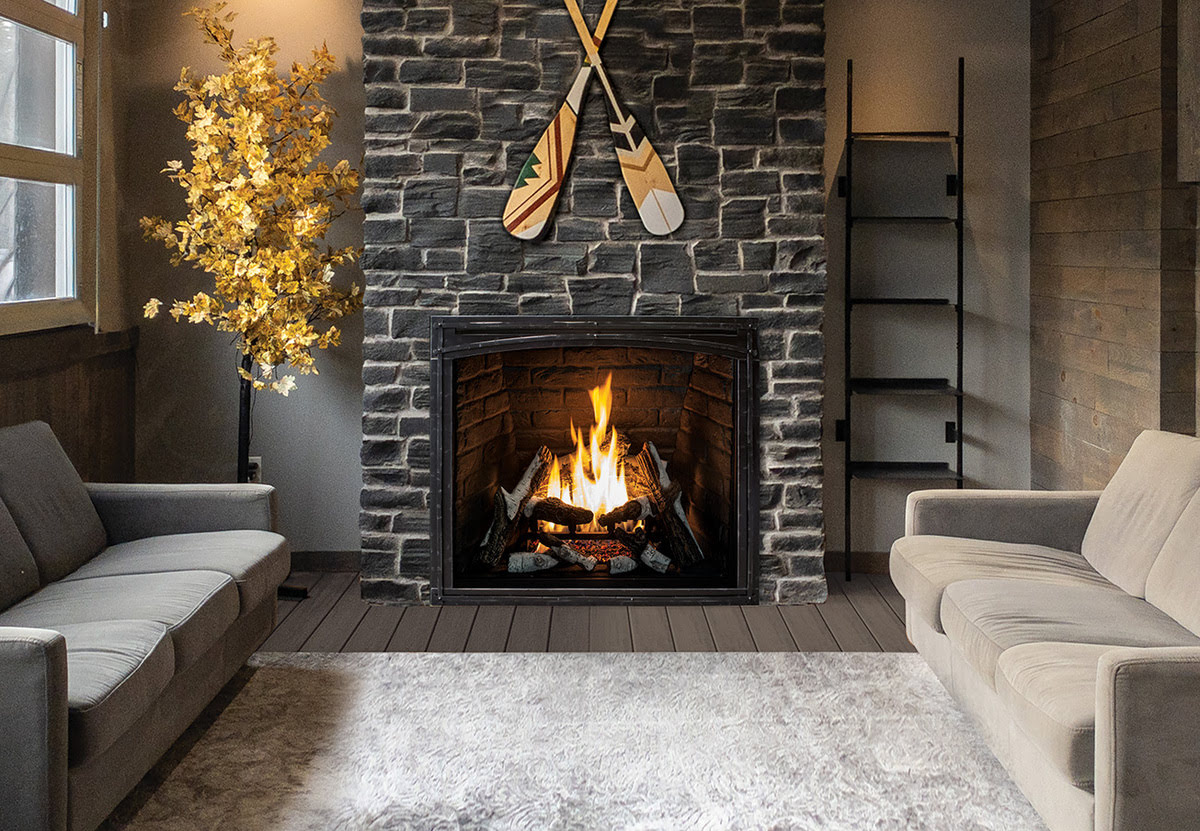
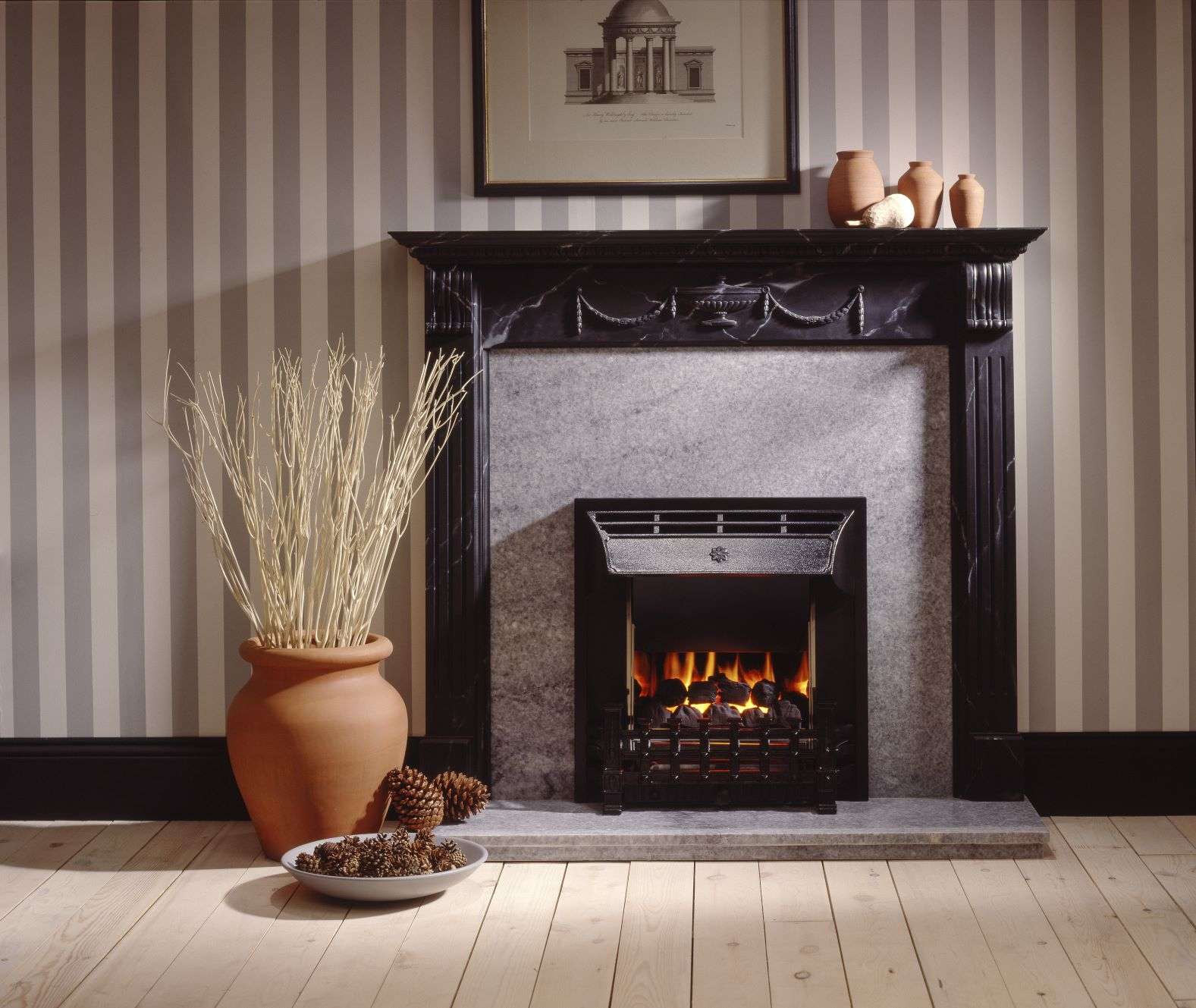
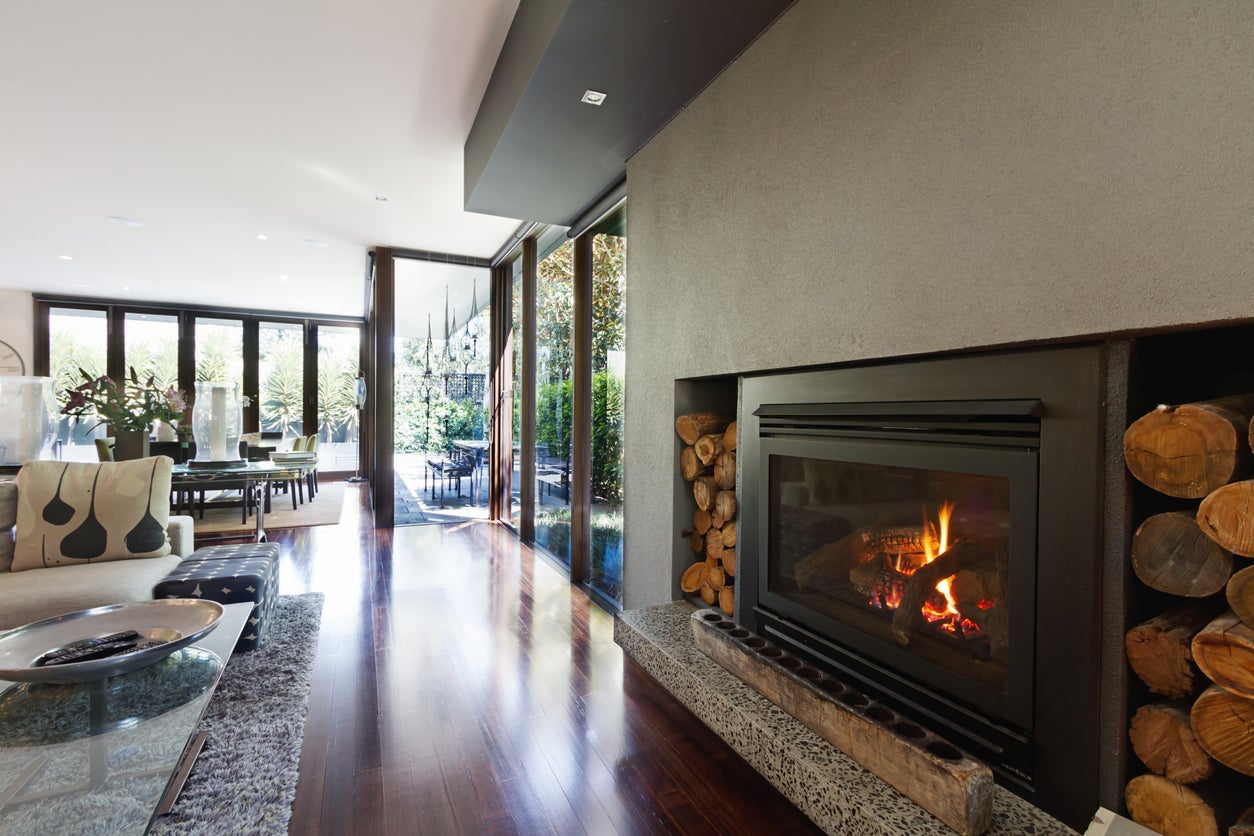
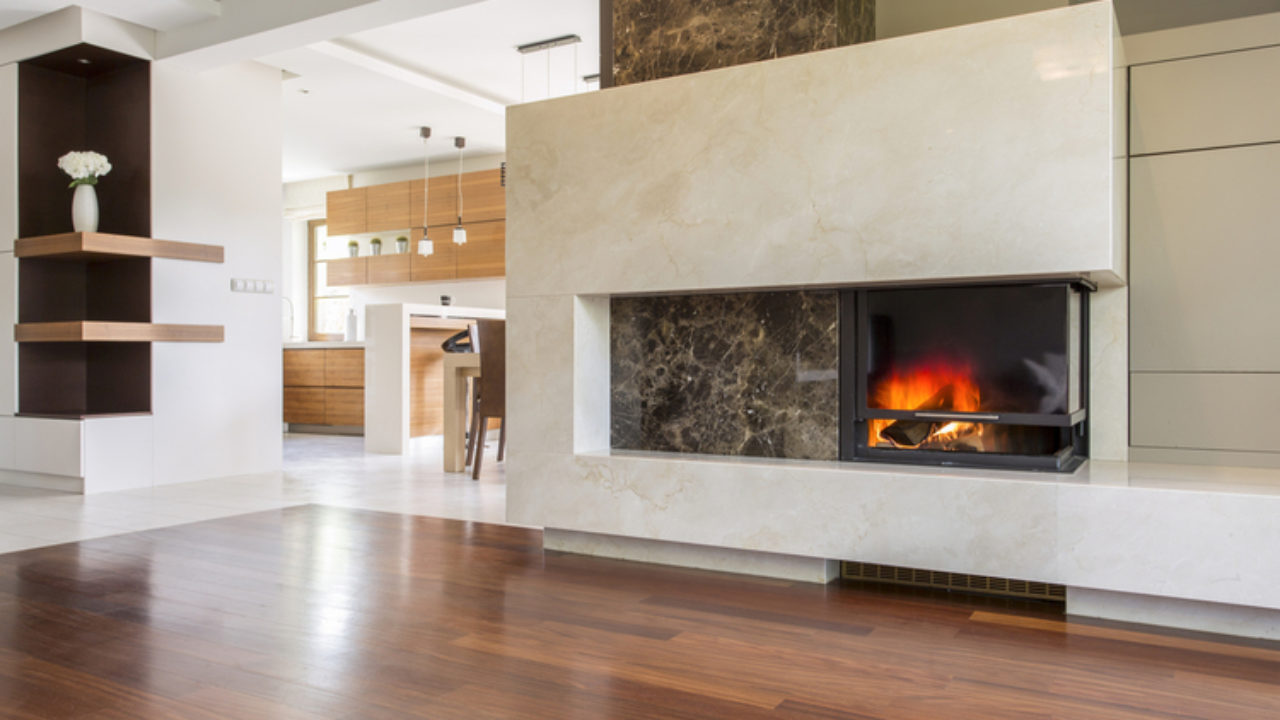
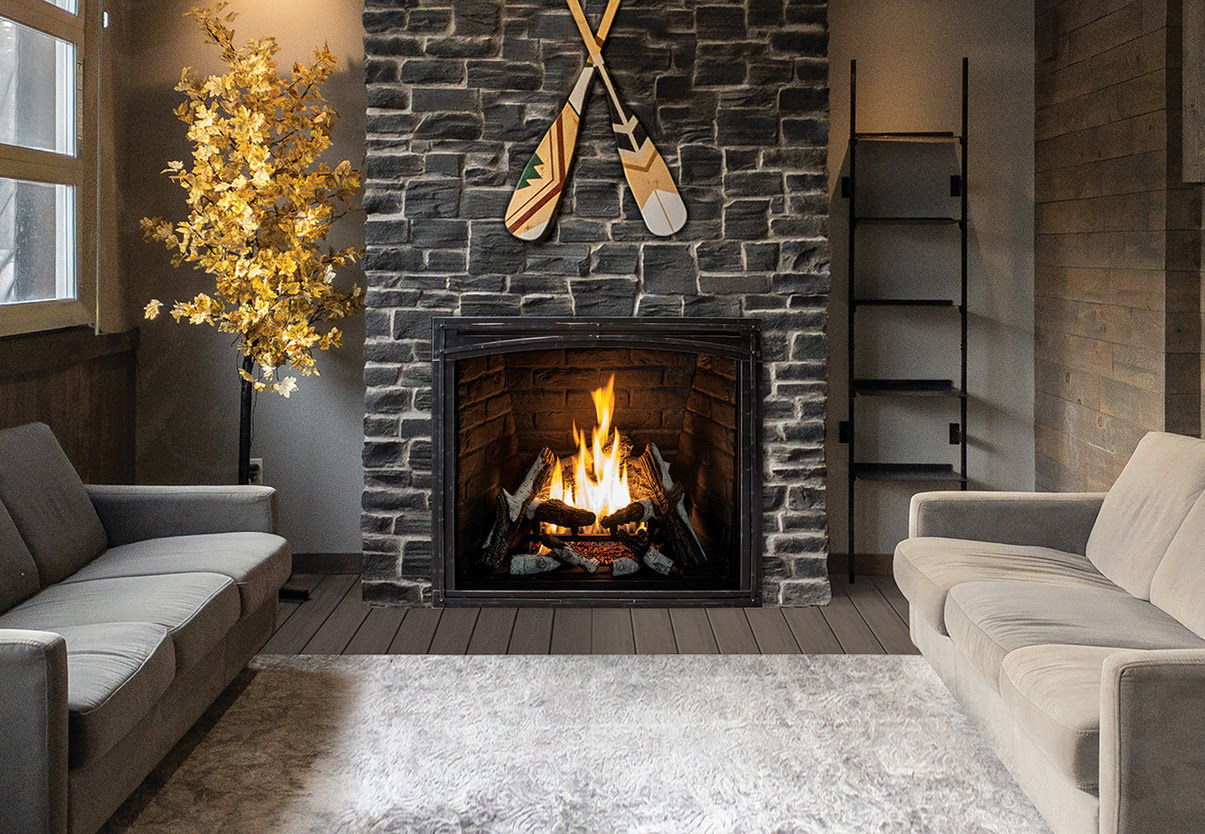
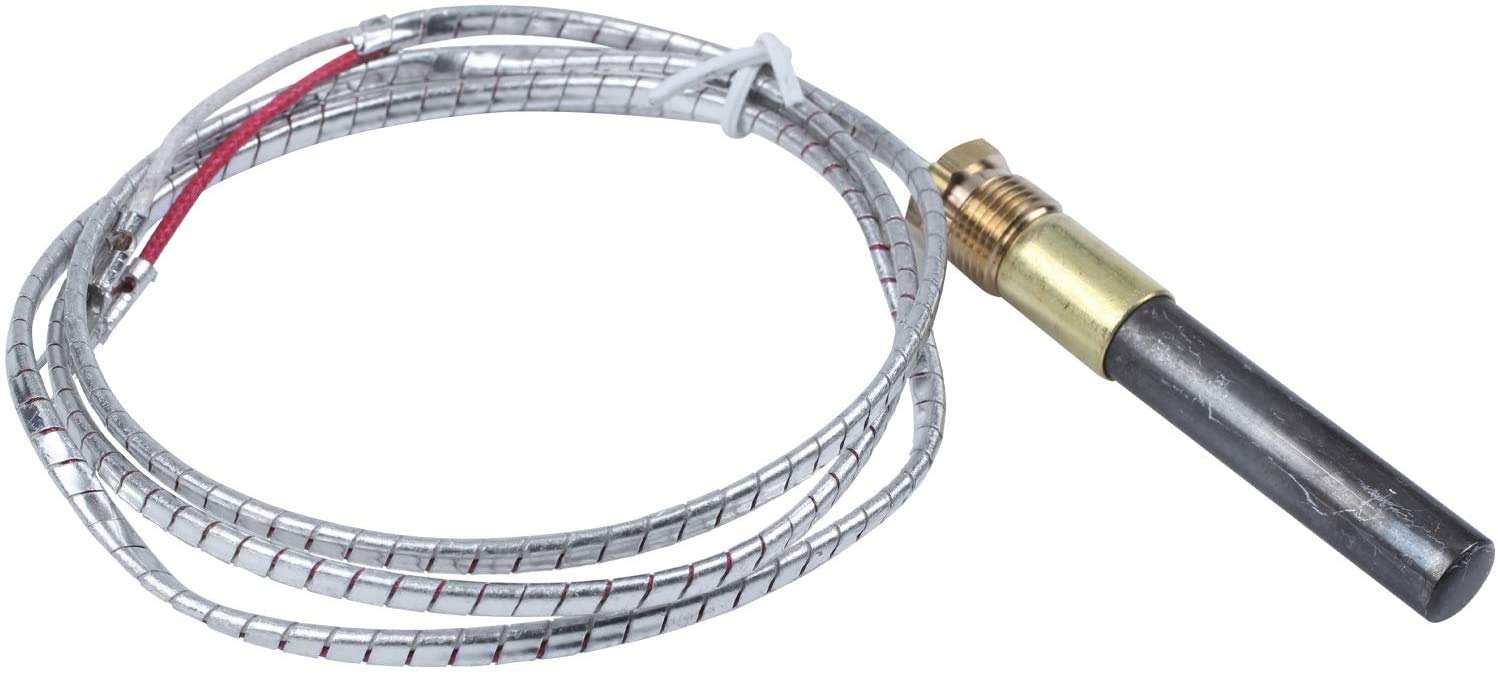
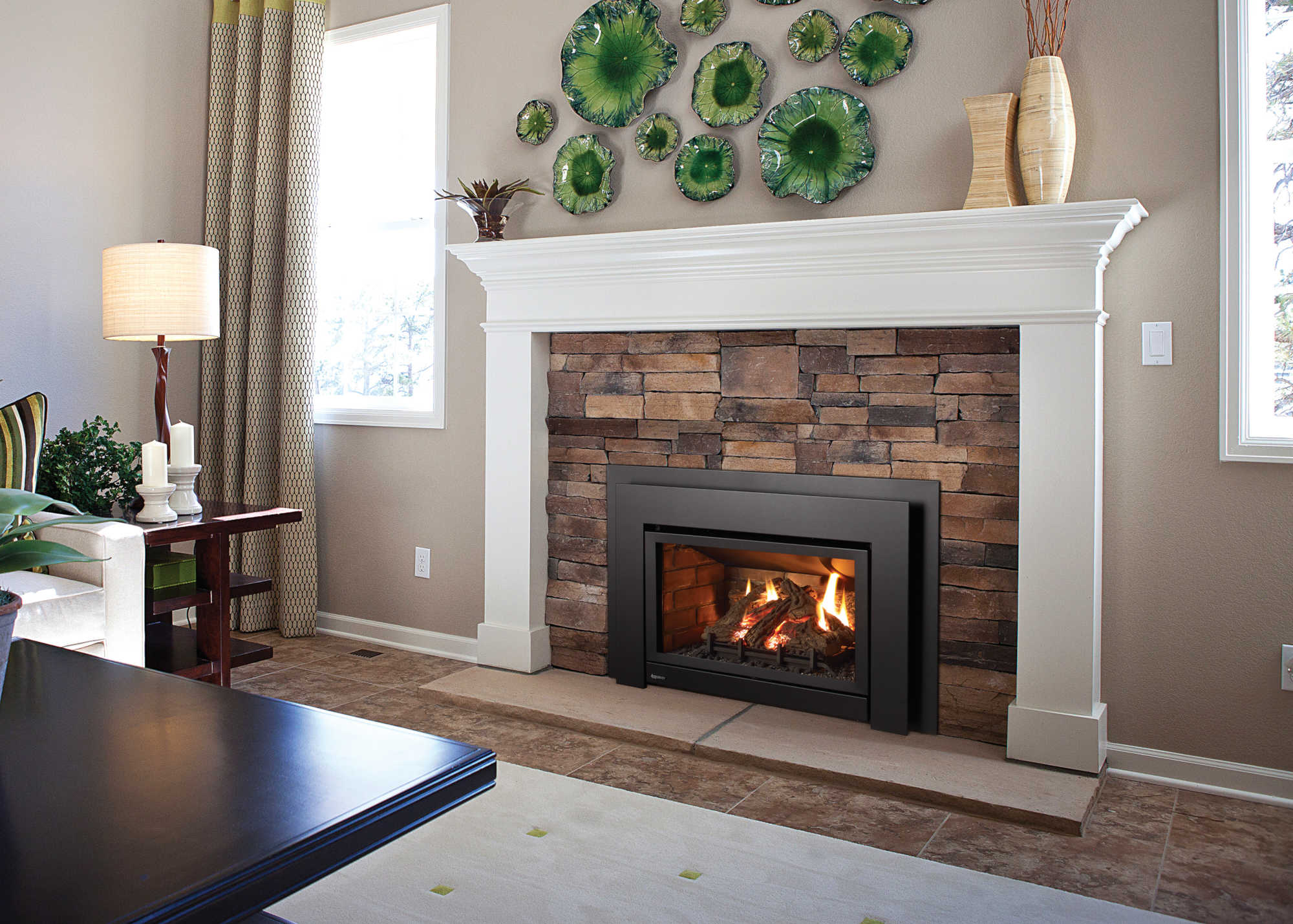
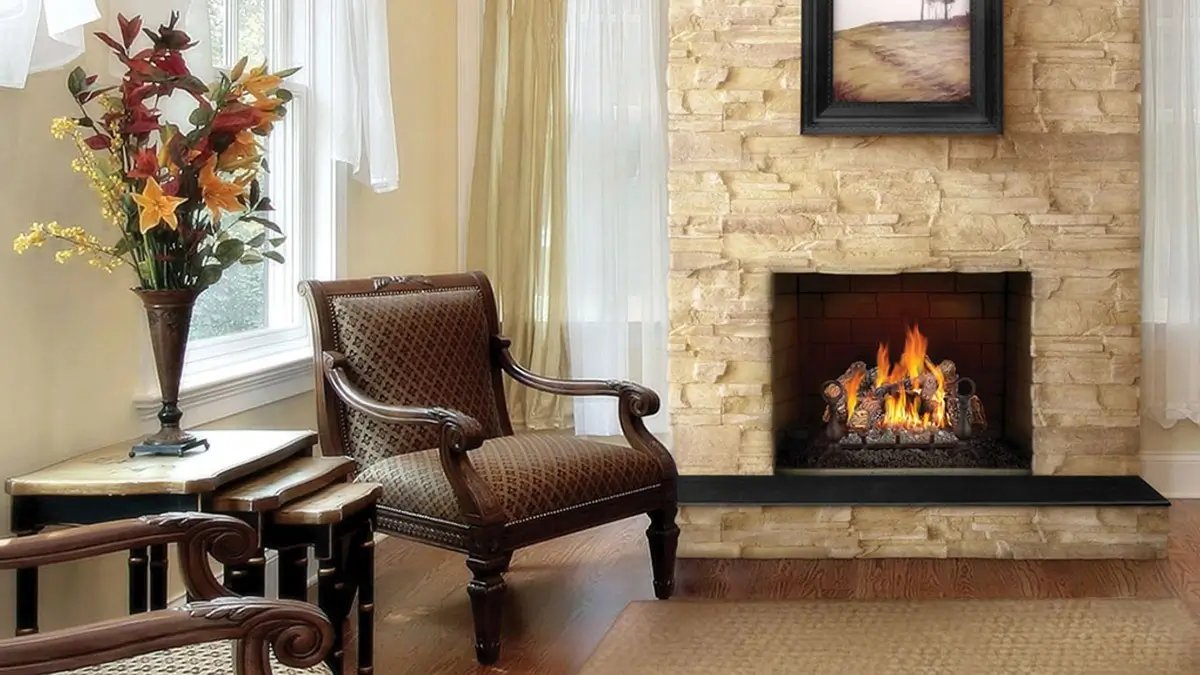
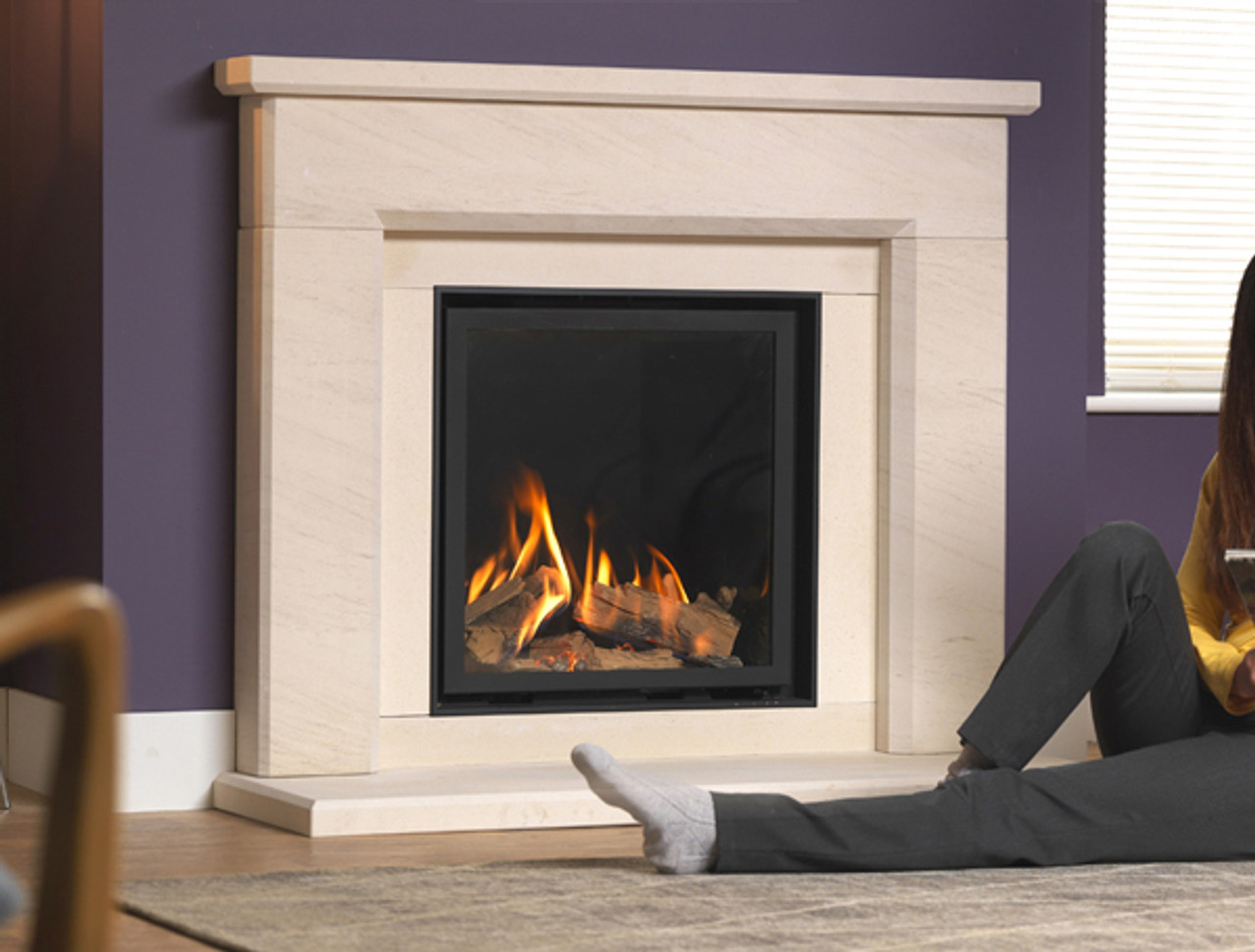
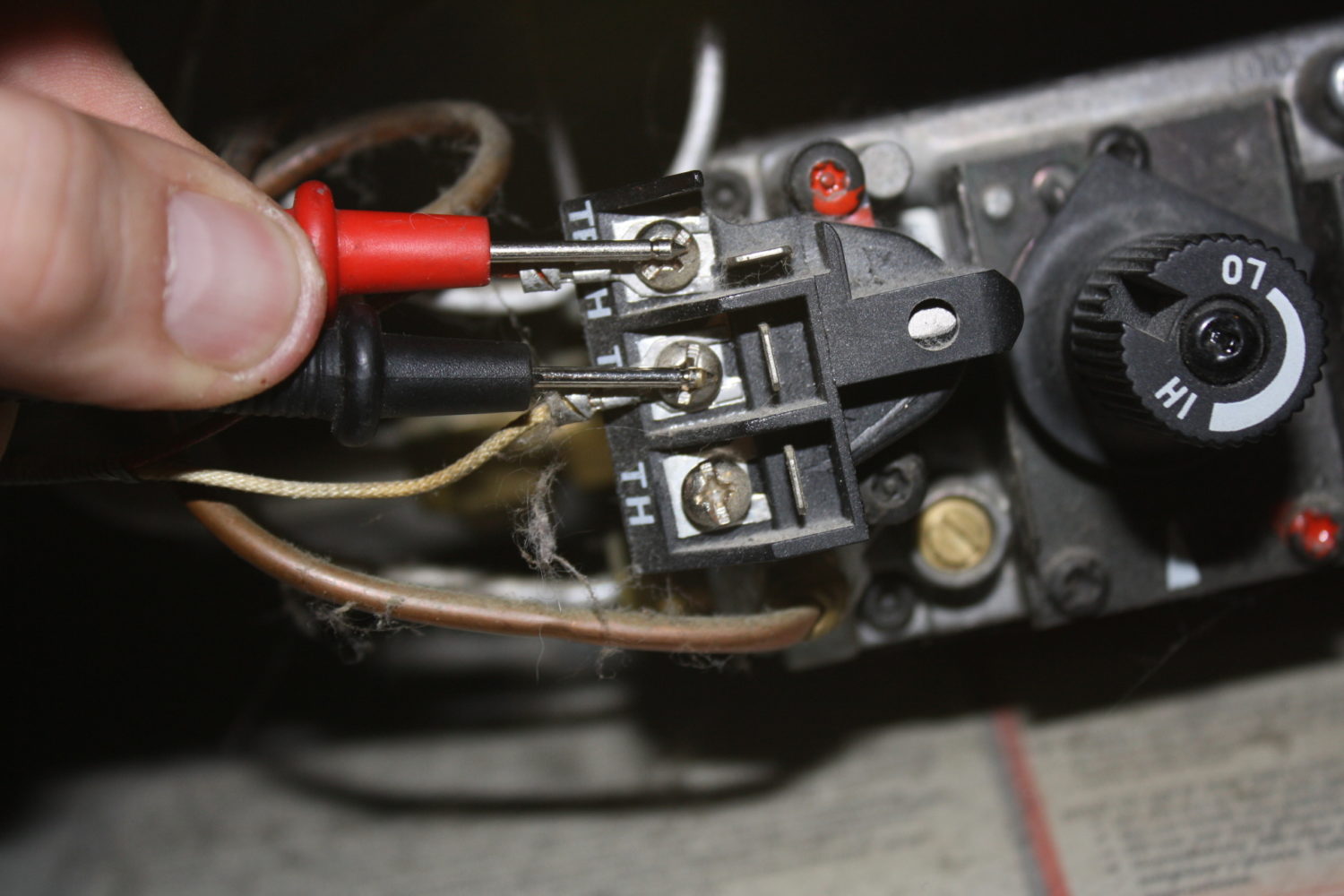
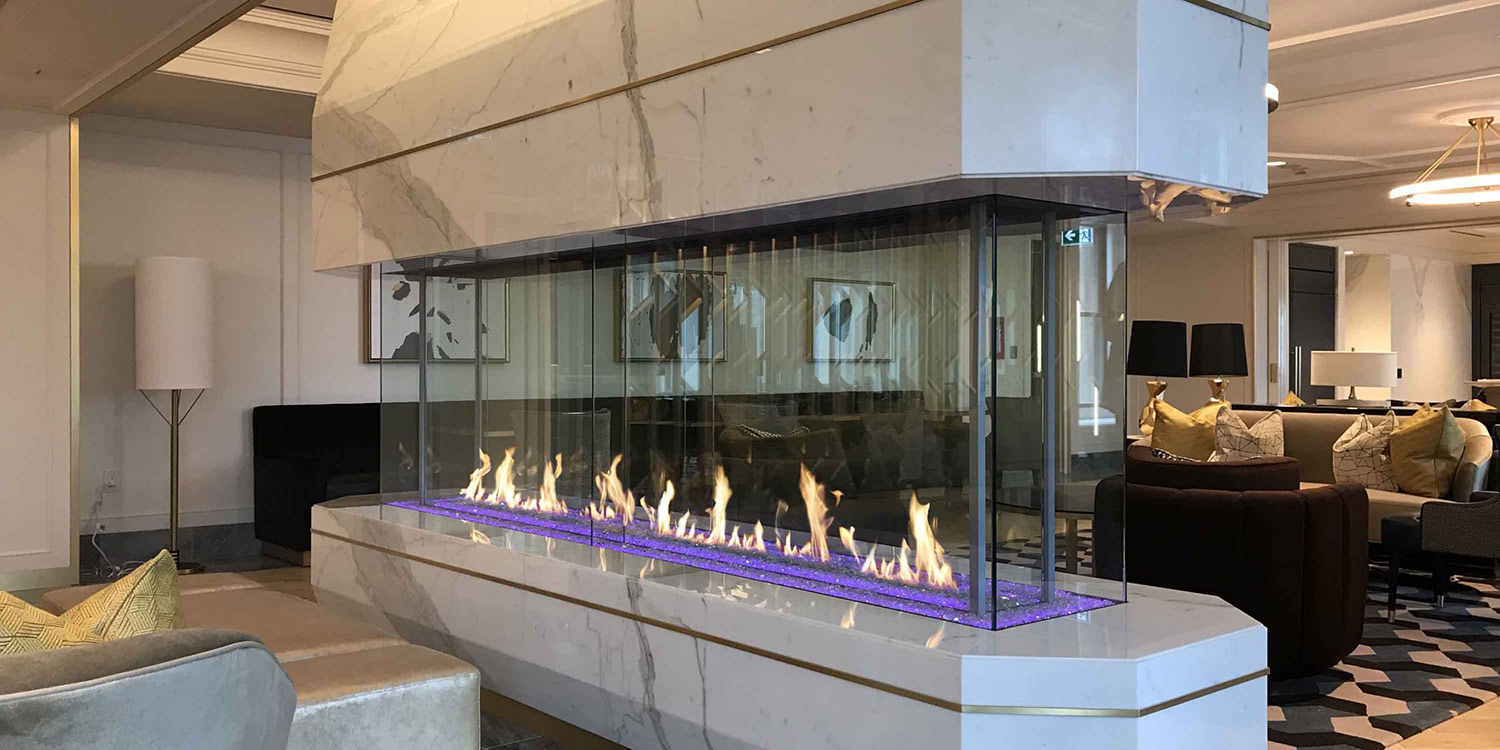

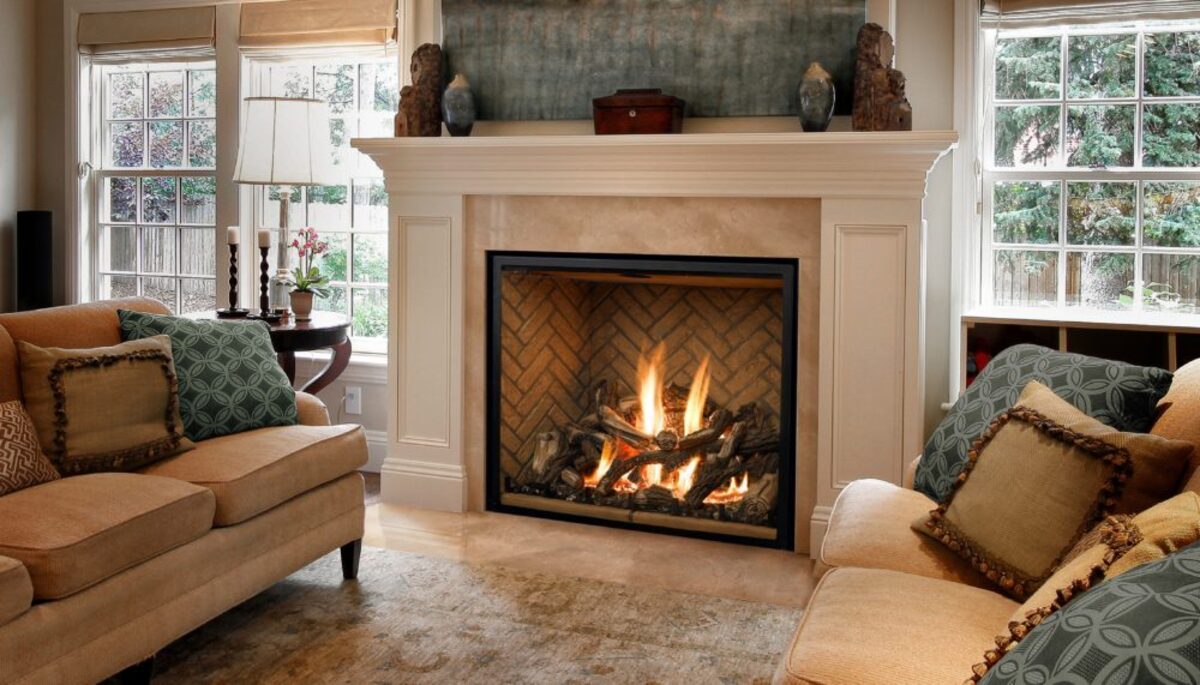

0 thoughts on “How To Maintain A Gas Fireplace”